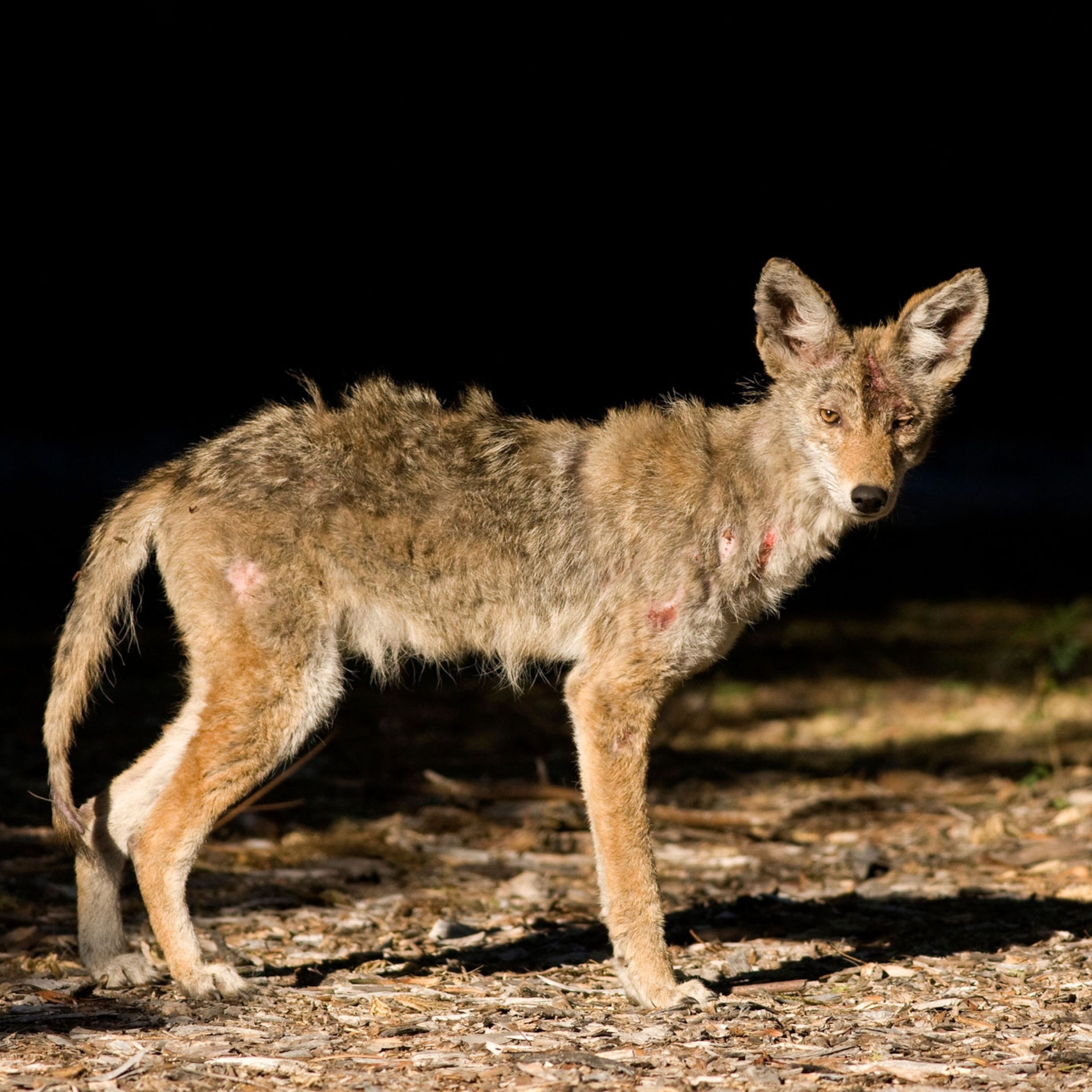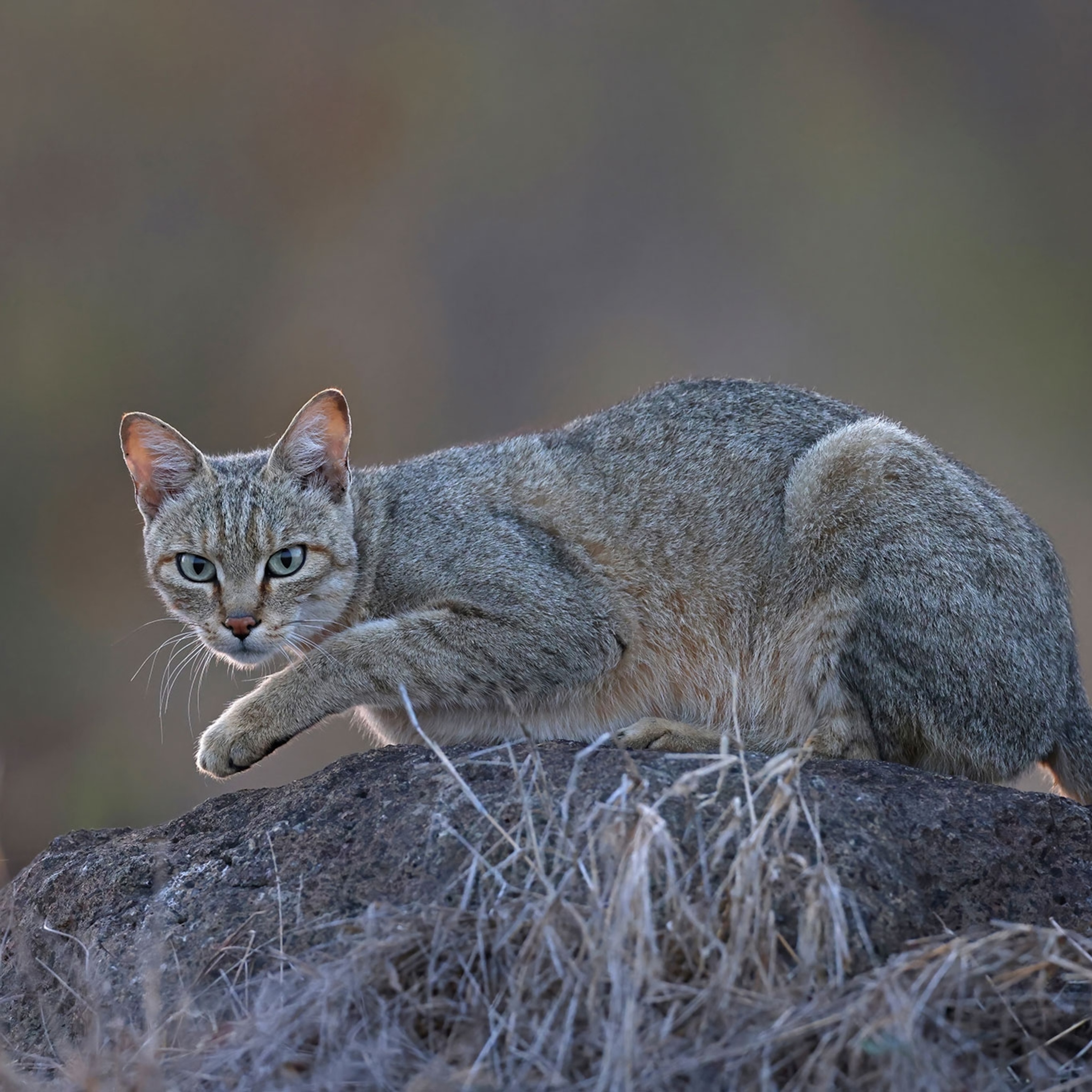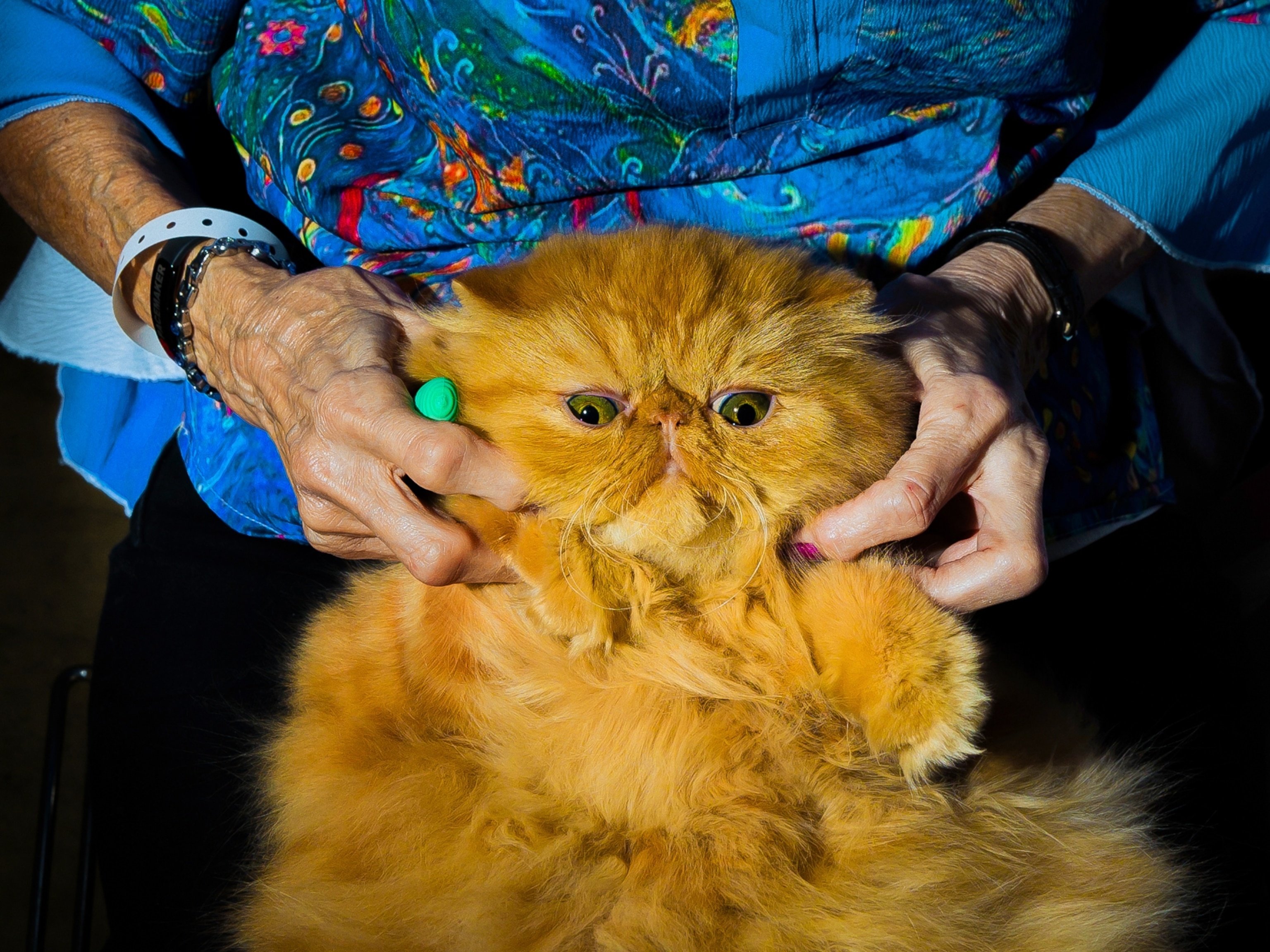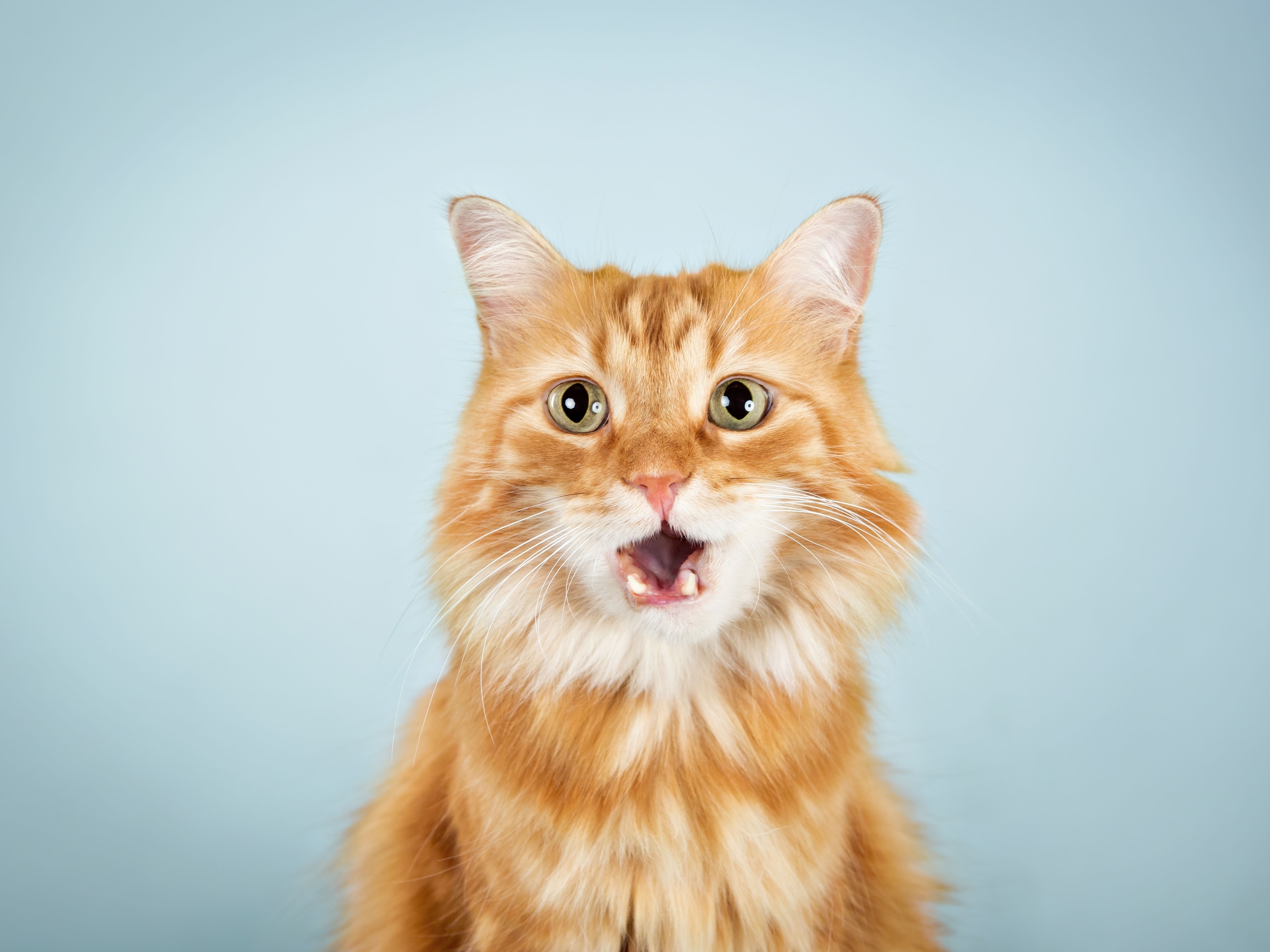
'Kitty litter' parasite is wiping out one of Earth’s rarest seals
A disease that originates in domestic cats is hitting Hawaiian monk seals particularly hard.
In May, two endangered Hawaiian monk seals were found dead on a beach on Oahu. Both were female, and one was pregnant. After performing a necropsy, veterinarians determined that both animals died of toxoplasmosis, a potentially fatal disease that originates in domestic cats.
For veterinarian Claire Simeone, the deaths of these seals confirmed a sobering suspicion about the disease.
“Females seem to be more likely to die from this disease, and from a conservation standpoint, that’s very concerning,” says Simeone, director of the Ke Kai Ola hospital for Hawaiian monk seals.
The seals, known to U.S. National Oceanic Atmospheric Administration researchers as RK60 and RT10, are not the first Hawaiian monk seals to succumb to the disease. Eleven monk seal deaths have been linked to the disease since 2001, but Simeone says the real toll is likely much higher.
With only around 1,300 Hawaiian monk seals left on Earth, losing any individual—and in particular breeding females—is a crushing blow, Simeone says. (Read about efforts to demystify one of the world’s rarest marine mammals.)
And it may be just the tip of the iceberg in terms of impacts to marine life.
The single-celled parasite Toxoplasma gondii that causes toxoplasmosis, or “toxo,” has become widespread among marine mammals, due largely to the growing number of feral cats living near watersheds. Though many animals that contract the parasite—including half of the global human population at any given time—weather the infection uneventfully, the disease is particularly lethal to marine creatures.
Now, marine mammal experts are calling on Hawaii’s communities to keep their cat populations in check.
From Cat to Sea
Any warm-blooded animal can get toxo, but only cats can spread it. Cats are also the only animals known to harbor the infectious form of the parasite.
Infected cats introduce the aptly named “kitty litter parasite” into the environment through their feces. A toxo-ridden cat can poop out billions of parasitic eggs, or oocysts, over the course of its life.
Rain washes oocysts into rivers and streams that drain into the ocean. Once there, the eggs work their way up the marine food web until they find an animal to infect—and it only takes one egg to begin the cycle.
Once inside a host, toxo parasites force their way into the cells lining the digestive tract and multiply until the cells burst. The army of parasites then moves into the liver, brain, and muscle tissue, creating cysts and inflammation.
How the disease manifests itself varies widely across species. In monk seals, toxo can weaken the immune system and cause vital organ failure. In sea otters, the disease can lead to brain infections that swiftly kill the host.
Once oocysts enter the environment, there isn't much anyone can do to remove them. “They’re really tough,” says Patricia Conrad, a professor of parasitology at the School of Veterinary Medicine at the University of California, Davis.
“You can store them in 10 percent bleach for years, take them out, wash them off, and the parasites can still develop.” (Related: "How a Cat-Borne Parasite Infects Humans.")
Ocean Outbreaks
Scientists have identified toxo—previously thought a land-based disease—in whales, dolphins, manatees, seabirds, otters, and other marine creatures in recent years.
In 2013, scientists estimated that at least half of male California sea otters carry the disease. And last month, researchers in southern Chile reported finding the pathogen in 77 percent of the region’s southern river otters.
“Toxo has been on our radar since the early 2000s, however, our level of concern has really increased over the last few years,” says Michelle Barbieri, a wildlife veterinarian who heads NOAA’s Hawaiian Monk Seal Recovery Program.
“One of the reasons our concern is heightened is because we don’t have very good tools to mitigate it. If a seal swallows a fish hook, we can usually fix it, but with toxoplasmosis, we have a much harder time,” says Barbieri.
Barbieri says most of the Hawaiian monk seals infected with toxo die before her team has a chance to treat them. And as a result, the disease has become the leading disease-related cause of death for the species. Found only in Hawaii, Hawaiian monk seals among the most endangered marine mammals in the world.
Hawaiian monk seals were hunted to brink of extinction during the 19th and early 20th century and their population has yet to recover. Disease, low genetic variability, and interactions with fishing gear are among the key threats facing Hawaiian monk seals today. (Related: “Who Would Kill a Monk Seal?")
Stopping the Spread
Toxoplasmosis is incurable, but not inevitable.
“While we may not know the extent to which this disease is impacting marine mammals, we do know how to interrupt the life cycle of the parasite that causes the disease,” says Angela Amlin, coordinator for the NOAA seal program.
That means keeping domestic cats indoors, Amlin says. Sterilization of cats is also critically important, but Amlin stressed that, while absolutely necessary to help stem cat population growth, sterilization has no impact on a cat's ability to contract or spread the T. gondii parasite.
The Hawaiian Humane Society estimates there are 350,000 feral cats on Oahu alone, many of which are fed by humans. There is a law requiring pet owners in Hawaii to spay and neuter their dogs and cats, but it’s difficult to enforce.
Hawaii’s governor David Ige recently added feral cats to the state’s list of invasive species, citing their impact on the islands’ endangered birds, mammals, and reptiles.
“Is the problem preventable? Yes, but is it easy to prevent? Not necessarily,” says Amlin. “It’s hard to figure out what to do when you have so many cats on the landscape, and you have strong differing opinions from locals on how to deal with it.”
Conrad, the veterinary parasitologist, says the best thing pet owners can do is keep their cats indoors. “Cats that are kept inside will live longer, healthier lives, there’s good data on that. If we lose these monk seals, we lose them forever.”








